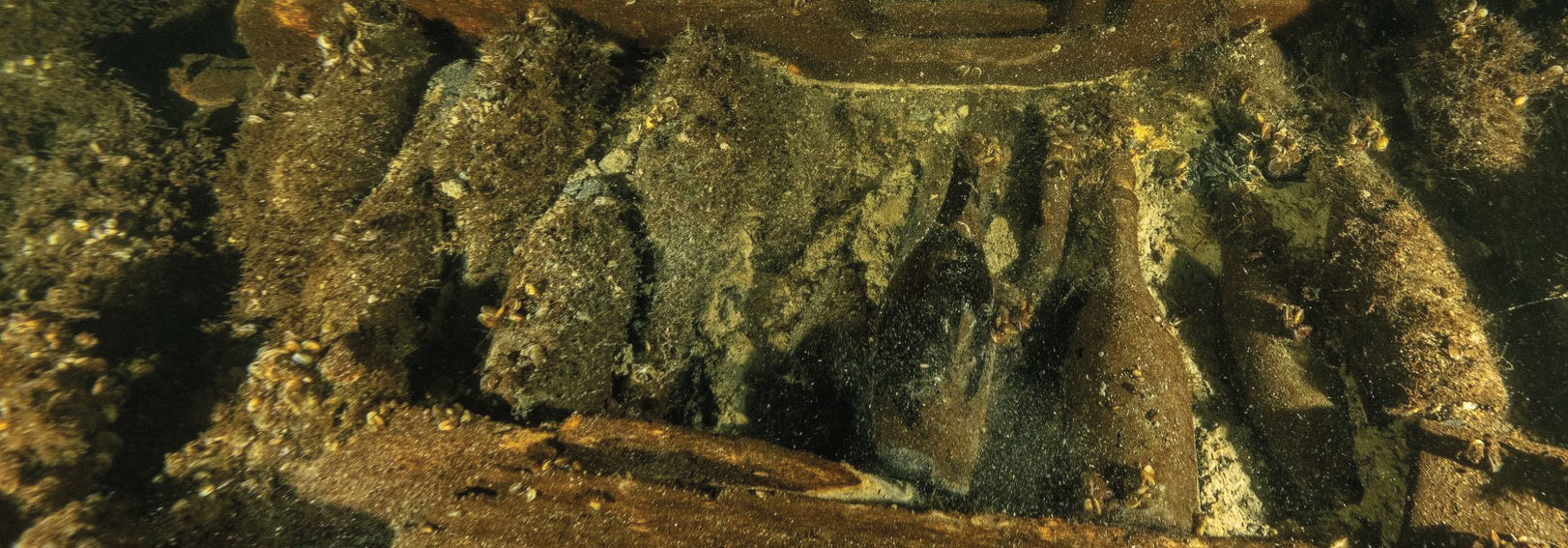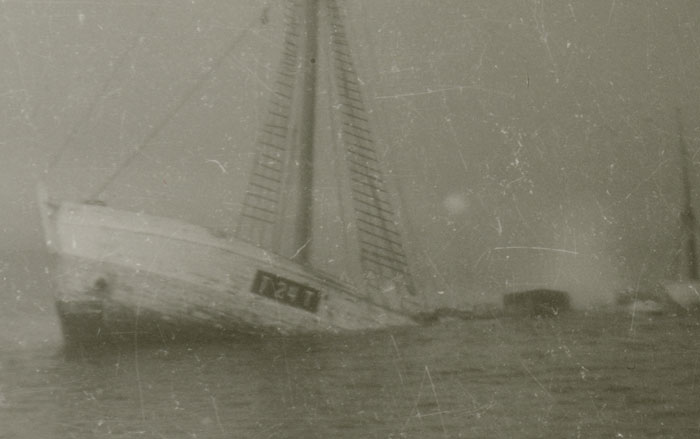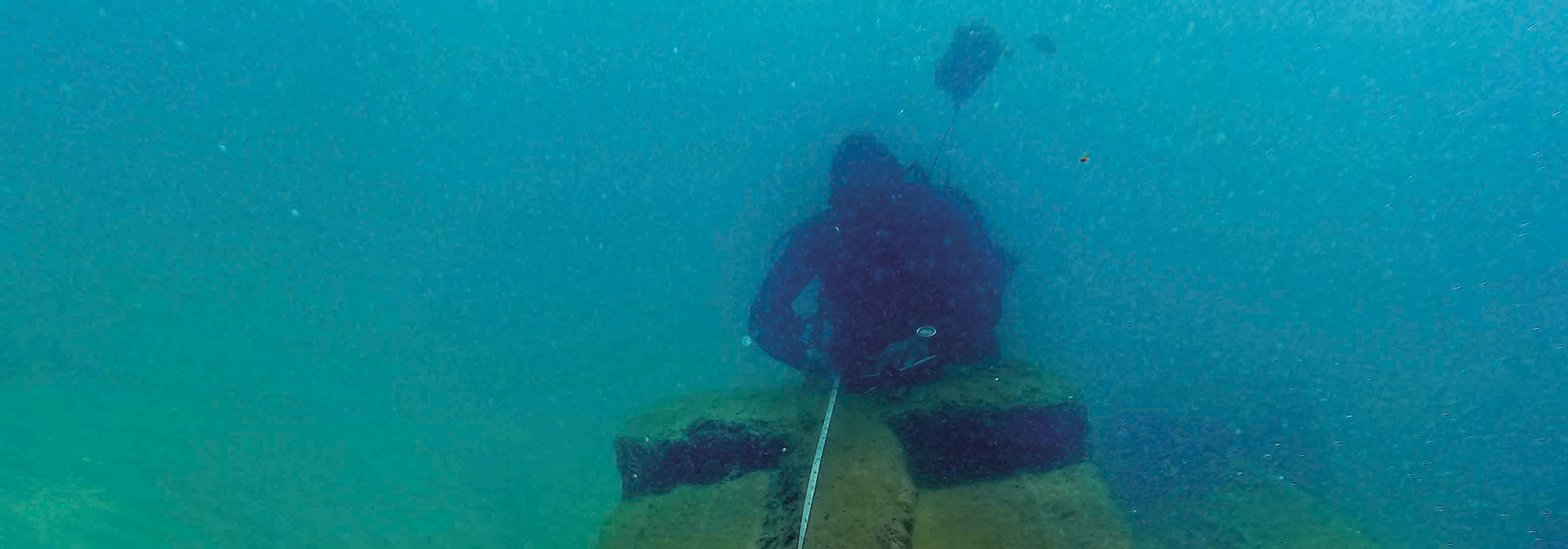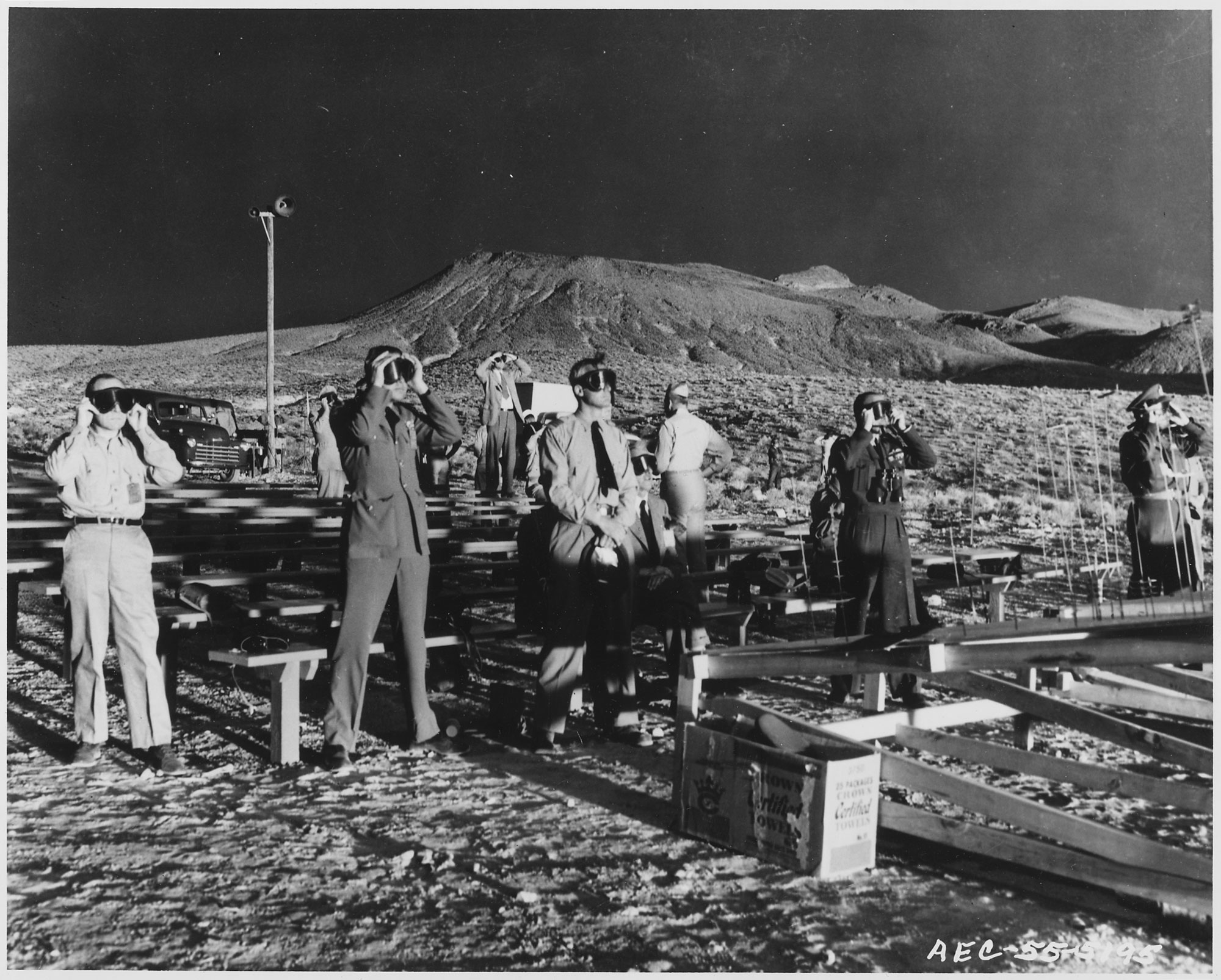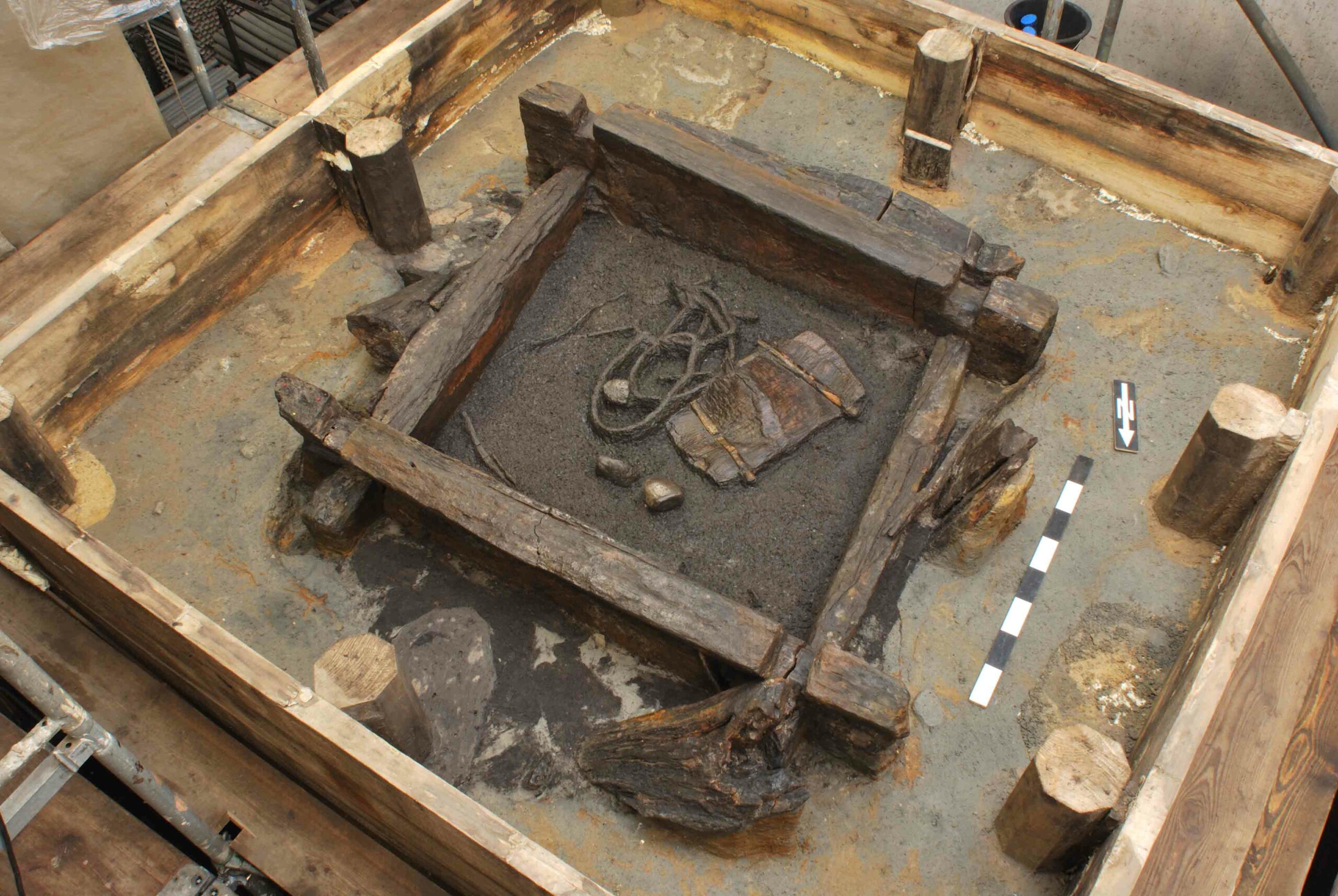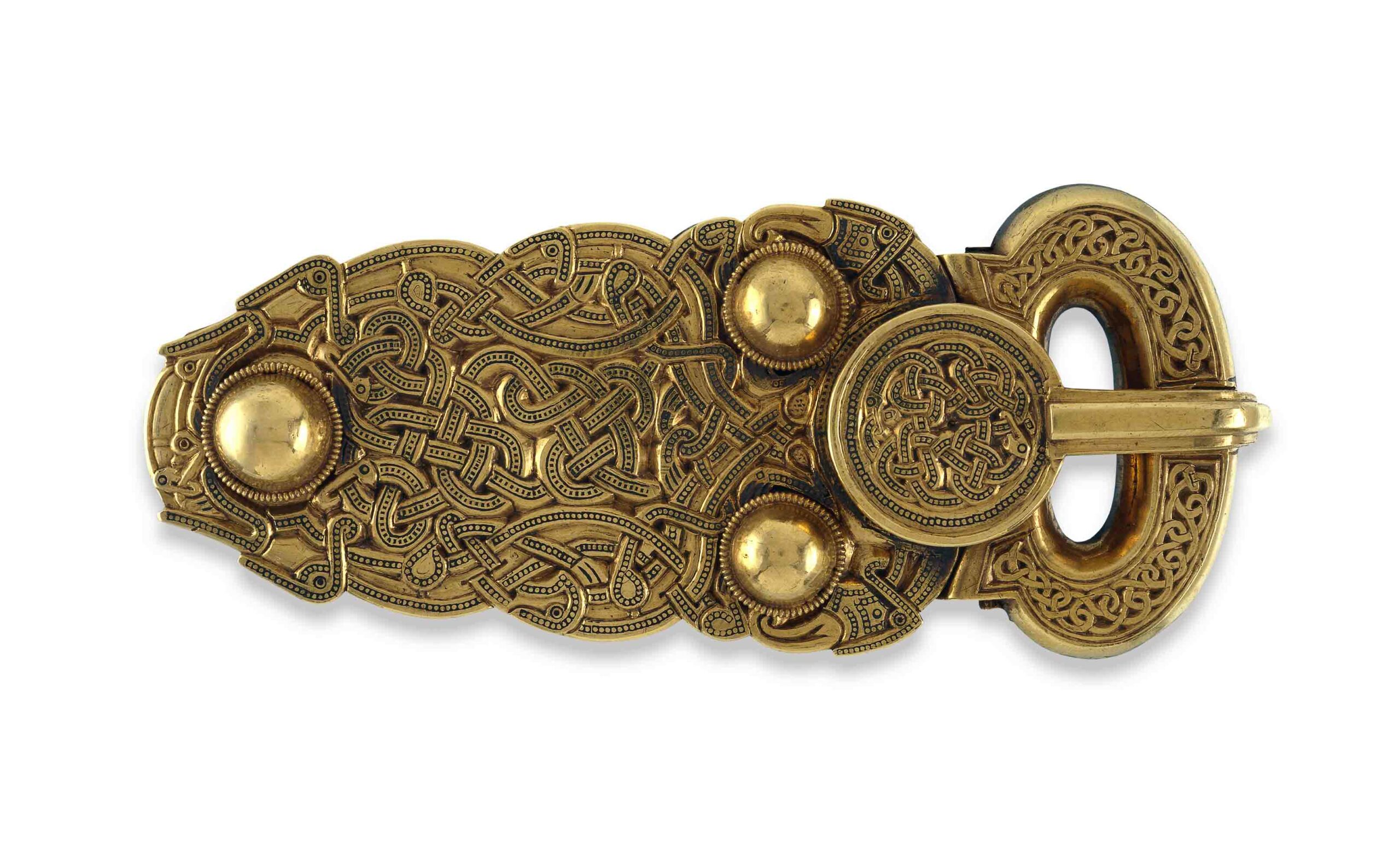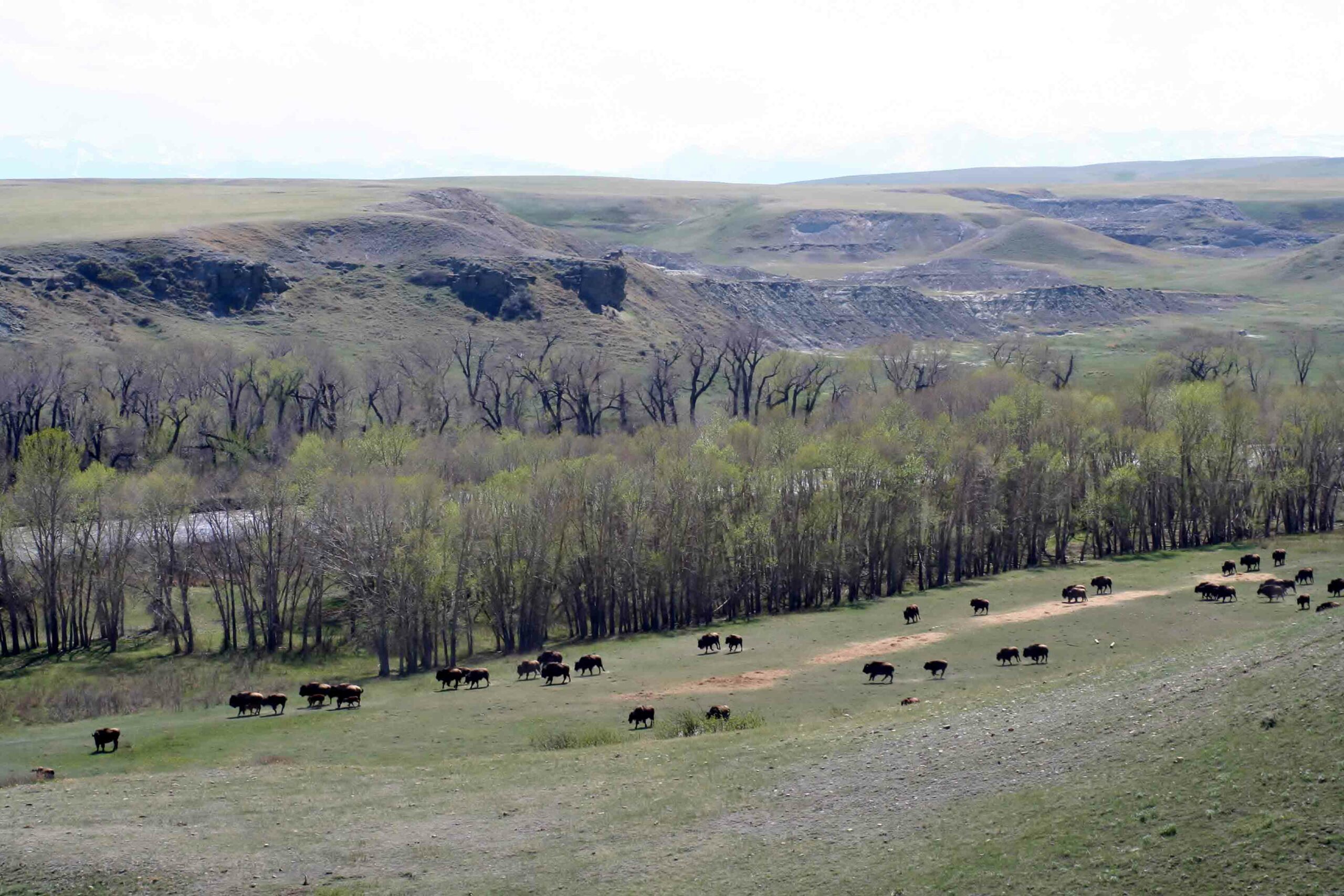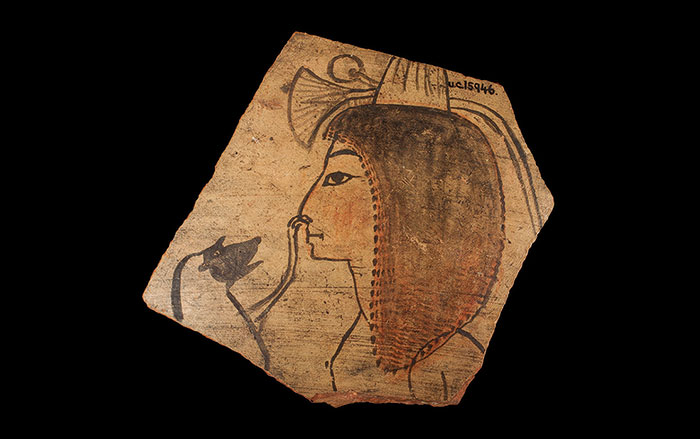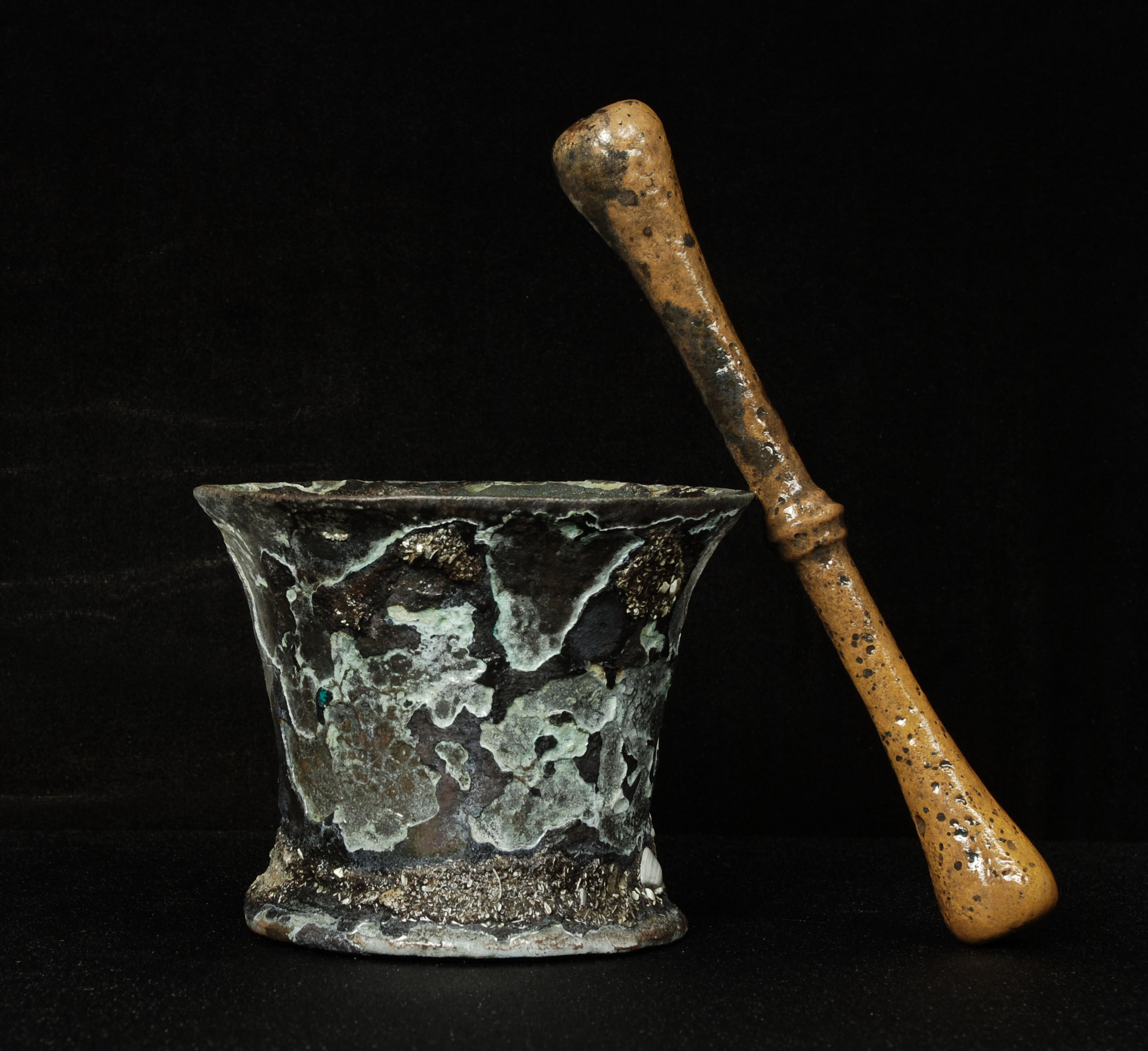
BEAUFORT, NORTH CAROLINA—Archaeologist Linda Carnes-McNaughton of the Department of Defense has been studying the practice of medicine on the pirate ship the Queen Anne’s Revenge. Edward Teach, also known as Blackbeard, captured his flagship, a French slaver, in 1717. Carnes-McNaughton’s research suggests that Blackbeard released most of the French crew at the time, but kept the ship’s three surgeons to treat the illnesses, wounds, amputations, toothaches, and burns suffered by his pirate crew. “Treating the sick and injured of a sea-bound community on shipboard was challenging in the best of times,” Carnes-McNaughton wrote in a paper that she presented at the annual meeting of the Society for Historical Archaeology. Among the artifacts recovered from the shipwreck, which was discovered off the coast of North Carolina in 1996, are a urethral syringe that was used for treating syphilis with mercury. “Eventually the mercury kills you,” she explained to Live Science. Other medical equipment from the wreck includes two pump clysters, used to pump fluid into the rectum, and a porringer, which may have been used in bloodletting treatments. A cast brass mortar and pestle, two sets of nesting weights, and pots that may have stored balms and salves were recovered. Scissors and a silver needle that may have been used during surgeries, and two pairs of brass set screws may have been part of a tourniquet for amputations, are among the possible surgical equipment. To read about the excavation of Queen Anne’s Revenge, see "Blackbeard Surfaces."



